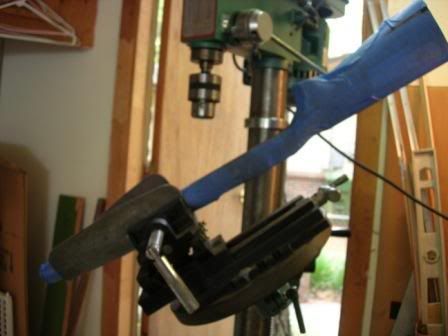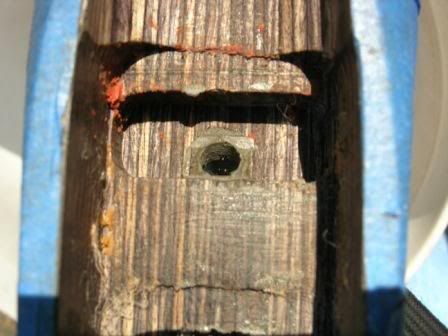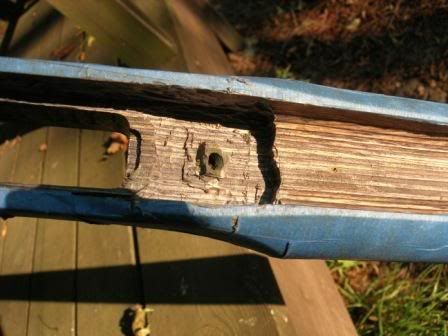warbirdlover
New member
Spent some time talking to the gunsmith that's going to work on my Ruger/Boyds stocked pillar bedding/glass bedding job for me at Gander Mountain. Based on all the stuff said in here I asked him...
When you tighten up the action screws do you have to tighten the angled, recoil lug screw first, THEN the others?
Answer was "nope, you go back and forth and evenly tighten them up"
Do Rugers need to have pressure on the barrel to shoot best or can you free float them?
Answer was "we free float them for best results"
Are Rugers harder to bed then other rifles?
Answer was "not if you know how to do it"
I'm feeling really good about my bedding and freefloating job now....
Forgot to mention. When you look up gunsmith in the dictionary there's a picture of this guy next to the print. Big, ready-to-retire, long bearded machinist type that looks like he's been doing this stuff since he was four years old. Just made you want him to work on all your guns just from looking at him! Nice guy too.
Big, ready-to-retire, long bearded machinist type that looks like he's been doing this stuff since he was four years old. Just made you want him to work on all your guns just from looking at him! Nice guy too.
When you tighten up the action screws do you have to tighten the angled, recoil lug screw first, THEN the others?
Answer was "nope, you go back and forth and evenly tighten them up"
Do Rugers need to have pressure on the barrel to shoot best or can you free float them?
Answer was "we free float them for best results"
Are Rugers harder to bed then other rifles?
Answer was "not if you know how to do it"
I'm feeling really good about my bedding and freefloating job now....
Forgot to mention. When you look up gunsmith in the dictionary there's a picture of this guy next to the print.
Last edited:



